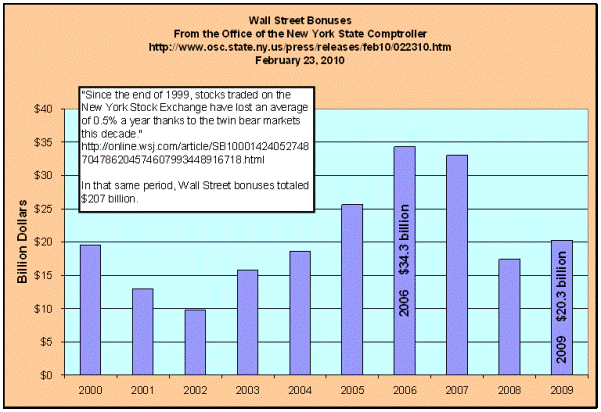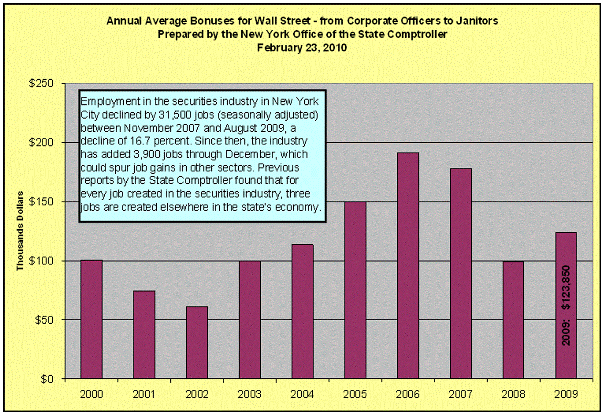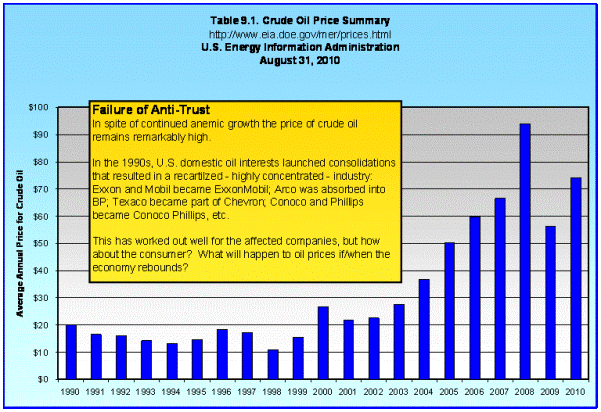September 24, 2010
For a downloadable version, click the following:
Why has [or has] the U.S. lost its competitive edge?
A bit more on our September 2011 Newsletter theme: HERE WE GO AGAIN: The broken CD (record) routine…before it was Japan and Germany eating our lunch, now it is China.
AFTERWORD
In our newsletter on balance of payments issues with China, the focus was on foreign exchange. It would be misleading to end that analysis without briefly considering other problems that have caused the unemployment problems in the U.S. Our China policy is but one of them.
In response to a recent article written by the authors of this Newsletter, a professor teaching supply chain management in an Eastern university was critical of policies that have led to a loss of automotive jobs to other parts of the world. This is not the picture the data demonstrates. The traditional areas such as Michigan and Ohio, where the automotive industry was formerly concentrated, has indeed lost [industry] jobs, but primarily to the Southeastern states such as Tennessee and Alabama not overseas. In fact, Asian nations have been losing automotive jobs as well to those Southeastern states in the U.S. Motown is no longer in Detroit Michigan but has moved to the Southeastern U.S. with the auto jobs.
Why has this occurred?
Overly protective policies favoring labor unions have made unionized labor such as those organized by the UAW too expensive and in particular the products of the formerly Big Three are no longer competitive. The market share of the formerly Big Three has shrunk from nearly 90% of the U.S. light vehicle market in 1950 to around 30% of that market now. The transplants, including Toyota, Nissan, Hyundai, etc., from mostly Asia have most of the 70%. The two tier labor contract Between the UAW and the Big Three may have been a case of too little, too late.
Heritage Foundation on Big Three labor compensation Dec 2008
UAW Workers Actually Cost the Big Three Automakers $70 an Hour
www.heritage.org/Research/2008/UAW-Workers-Actually-Cost-the-Big-Three-Automakers-70-an-Hour
The shift in employment to right-to-work states in the automotive industry is not unique. There has been a general trend in that direction for many segments of the economy. Department of Labor statistics show clearly the decline of the share of the civilian non-governmental labor force in recent years that are unionized. Interestingly, a rise in the unionized share of civilian governmental labor force has been occurring.
UNION MEMBERS - 2009
www.bls.gov/news.release/pdf/union2.pdf
In 2009, the union membership rate—the percent of wage and salary workers who were members of a union—was 12.3 percent, essentially unchanged from 12.4 percent a year earlier, the U.S. Bureau of Labor Statistics reported today. The number of wage and salary workers belonging to unions declined by 771,000 to 15.3 million, largely reflecting the overall drop in employment due to the recession. In 1983, the first year for which comparable union data are available, the union membership rate was 20.1 percent, and there were 17.7 million union workers.
More public sector employees (7.9 million) belonged to a union than did private sector employees (7.4 million), despite there being 5 times more wage and salary workers in the private sector.
Employer costs per hour worked: civilian, private industry, and state and local government workers, June 2010
Cost per hour worked (Chart 1.)
http://bls.gov/news.release/pdf/ecec.pdf

This has been especially true at state and local levels of government. The contraction of especially state and local government employees due to budget crises, which in turn is due to the ongoing recession and the collapse of the tax base, has slowed this trend toward unionization.
http://www.bls.gov/news.release/pdf/union2.pdf
In 2009, 7.9 million public sector employees belonged to a union, compared with 7.4 million union workers in the private sector. The union membership rate for public sector workers (37.4 percent) was substantially higher than the rate for private industry workers (7.2 percent). Within the public sector, local government workers had the highest union membership rate, 43.3 percent. This group includes workers in heavily unionized occupations, such as teachers, police officers, and fire fighters.
While the number employed by government has increased significantly, of equal significance is the increased compensation of these workers and the strain on the fiscal abilities of governments at the local, state and national levels to meet these rising compensation burdens.
It is not just the bloated and overcompensated unionized labor force that has caused the demise of the Big Three segment of the U.S. auto industry. Bloated and overcompensated management has been a significant cause of the demise. Stockholders have been the victims of not only organized labor, but also of profit satisficing rather than profit maximizing behavior of the management of the Big Three auto firms.
The problem of bloated and overcompensated labor and management is not only in the auto industry but is prevalent in a number of other industries where competition is relatively weak. Often this lack of competition is due to regulations that have been of minimal value to the consumers but of maximum value in protecting the interests and compensation of management and labor. Failure to enforce existing legislation is also a contributing cause to the problems just mentioned.
Financial Chaos
A glaring example of this is the investment banking industry. Literally tens of billions in commissions, bonuses, etc. were paid salesman, managers and partners even though some of their activities were a major cause of the recent and ongoing financial crisis and the recession that it helped to cause. A web of ongoing corruption has existed between these industries and the legislative bodies elected at great expense and that are supposed to protect the body politic that elected them.


Continued Energy Issues
Failure to enforce anti-trust policies have resulted in huge increases in energy prices as well as abuse of such things like safety considerations as was evident in the case of recent BP fiasco with Deepwater Horizon (en.wikipedia.org/wiki/Deepwater_Horizon_oil_spill).

www.gao.gov/products/GAO-04-982T
July 15, 2004
Mergers have altered the structure of the U.S. petroleum industry, including the refining market. Over 2,600 mergers have occurred in the U.S. petroleum industry since the 1990s, mostly later in the period. Industry officials cited various reasons for the mergers, particularly the need for increased efficiency and cost savings. Economic literature also suggests that firms sometimes merge to enhance their ability to control prices.
As Oliver Hardy would often say to Stan Laurel, “Well, that's another nice mess you've gotten me into!”


